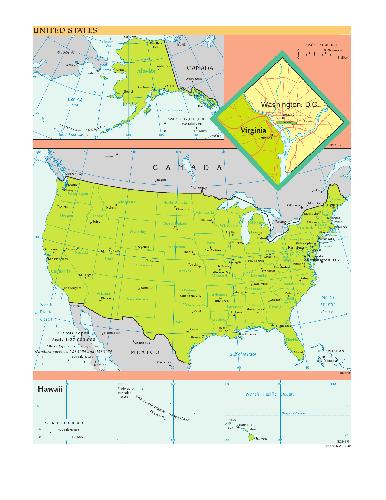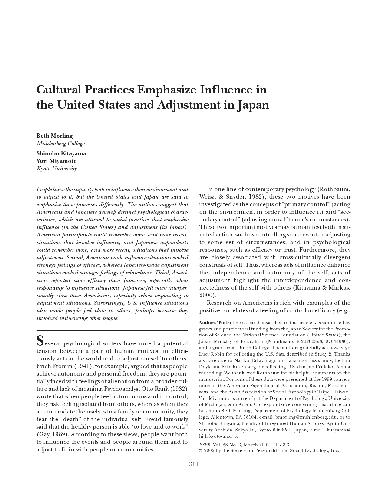Jerome A. Greene, Douglas D. Scott0806136235, 9780806136233, 0806179961, 9780806179964
In 1998 the National Park Service, under congressional direction, began a research program to verify the location of the Sand Creek site. The team consisted of tribal members, Park Service staff and volunteers, and local landowners. In Finding Sand Creek, the project’s leading historian, Jerome A. Greene, and its leading archeologist, Douglas D. Scott, tell the story of how this dedicated group of people used a variety of methods to pinpoint the site. Drawing on oral histories, written records, and archeological fieldwork, Greene and Scott present a wealth of evidence to verify their conclusions.
Greene and Scott’s team study led to legislation in the year 2000 that established the Sand Creek Massacre National Historic Site.
Table of contents :
List of Illustrations xi
List of Tables xiii
Foreword, by Christine Whitacre xv
Preface and Acknowledgments xxiii
Chapter 1. The Sand Creek Massacre 3
Chapter 2. Historical Documentation of the Location and Extent of the Sand Creek Massacre Site 26
Chapter 3. Identifying the Sand Creek Massacre Site through Archeological Reconnaissance 63
Chapter 4. Postarcheology Archival Conclusions Regarding the Location of the Sand Creek Massacre Site 99
Appendices
A. Archeological Artifact Description and Analysis 123
B. J. H. Haynes Cheyenne Depredation Claim 163
C. Cheyenne and Arapaho Annuity Requests, Receipts, and Lists 165
D. Lists of Abandoned Goods Found in the Camps at Pawnee Fork, Kansas (1867); Washita River, Oklahoma (1868); and Summit Springs, Colorado (1869) 177
E. List of Known Arms and Ammunition Used by the Colorado Volunteer Cavalry 183
Notes 187
Bibliography 215
Index 235






Reviews
There are no reviews yet.